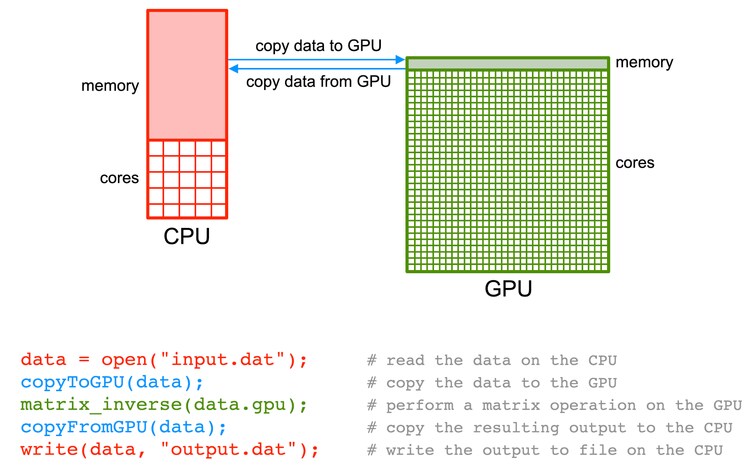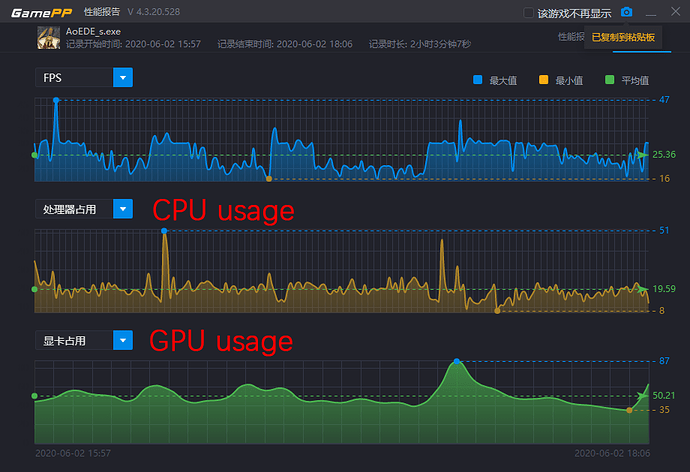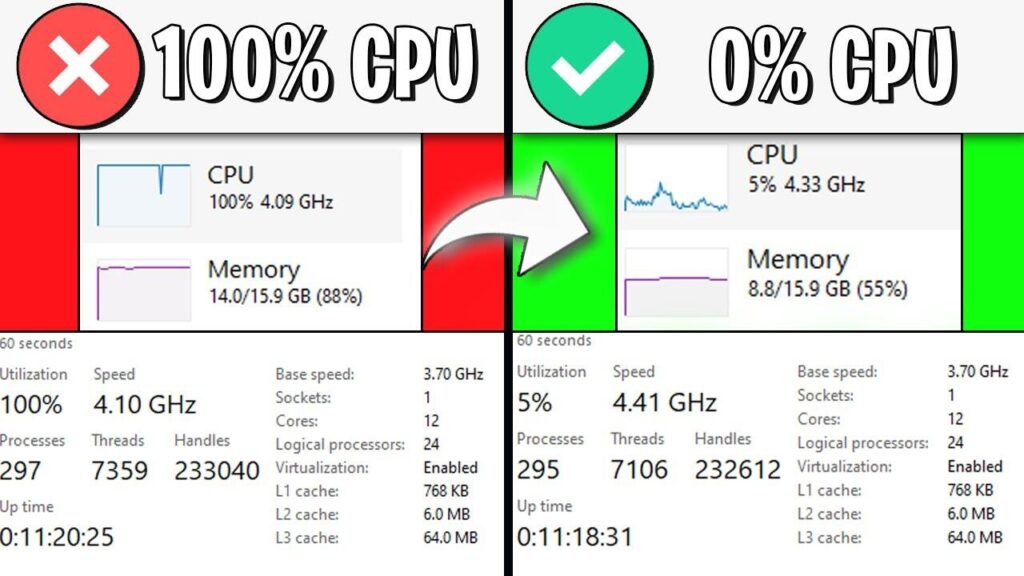Low FPS while gaming or performing other high-demand tasks can be incredibly frustrating, especially when your GPU and CPU are not at 100% utilization. You might wonder, “If my hardware isn’t maxed out, why is my performance still poor?” Let’s break down the mystery behind why your GPU and CPU are not at 100% but you’re still getting low FPS and what you can do to fix this issue.
I once upgraded my CPU and GPU, expecting smooth gameplay, but I still faced low FPS. Even though my GPU and CPU were not at 100%, I realized that a bottleneck between them was causing the issue, and adjusting the settings made a big difference.
In this article, we will discuss “GPU And CPU Not At 100 But Low Fps”.
Table of Contents
Introduction to the Problem
When you’re experiencing low FPS but notice that your GPU and CPU are not at 100% usage, it can feel perplexing. You’d think that if your hardware isn’t fully utilized, it has plenty of room to perform better, right? Well, that’s not always the case. Several factors can contribute to this problem, ranging from software settings to hardware limitations, even when your GPU and CPU aren’t maxed out.
What Does GPU and CPU Utilization Mean?
Understanding GPU Utilization
The GPU is responsible for rendering graphics and processing visual tasks in games or programs. When you see that your GPU usage is not at 100%, it may indicate that your game or application is not putting enough load on the graphics card, or something else might be bottlenecking its performance.

Understanding CPU Utilization
The CPU, on the other hand, handles game logic, AI, and processing tasks that aren’t related to rendering. If your CPU usage is low while experiencing low FPS, it could mean that either the tasks it’s managing aren’t demanding, or that another component is holding back the CPU’s full potential.
Common Reasons for Low FPS Despite Low GPU and CPU Usage
Bottlenecking Issues
One of the most common reasons for this problem is a bottleneck between your CPU and GPU. This occurs when one component is significantly stronger than the other. For example, if you have a powerful GPU but a weaker CPU, the CPU could be limiting how much data the GPU can process, causing low FPS despite low GPU usage.
Game Optimization Problems
Some games are poorly optimized for certain hardware configurations. Even if your hardware is capable, the game might not be designed to fully utilize your GPU or CPU. This results in lower performance, even though the components aren’t running at full capacity.
Power Management Settings
Your system’s power management settings might limit the performance of your CPU or GPU. For example, if you’re running on a power-saving mode, your computer could be throttling your hardware to save energy, which can drastically affect your FPS.
Read Most Important: How to Increase CPU Performance: A Comprehensive Guide 2024!
How to Identify Whether It’s a GPU or CPU Issue
GPU-Related Symptoms
If your issue is related to the GPU, you might notice that games or graphics-intensive programs stutter when many visual effects are on screen. You might also see sudden drops in frame rate when moving to graphically intense scenes.
CPU-Related Symptoms
If the problem is CPU-related, you might notice stuttering or freezing during moments that require intense processing, like AI behavior, physics calculations, or large multiplayer battles. This would suggest that your CPU is struggling to keep up.
Solutions to Fix Low FPS When GPU and CPU Are Not at 100%
Tweaking Graphics Settings
One of the easiest ways to resolve low FPS is by adjusting the in-game graphics settings. Try lowering the resolution or turning off features like anti-aliasing and shadow details to reduce the strain on your GPU.
Checking Background Tasks
Sometimes, background tasks can hog your CPU or GPU resources without you noticing. Ensure there aren’t any unnecessary processes running in the background, such as system updates or heavy applications, that could be reducing your available power.
Updating Drivers
Ensure that your GPU and CPU drivers are updated. Sometimes low performance is caused by outdated or corrupt drivers, so keeping them up-to-date can resolve unexpected performance issues.
Advanced Troubleshooting Methods
BIOS and Overclocking Adjustments
If you’re comfortable with more technical solutions, adjusting BIOS settings or even overclocking your hardware can help unlock more performance. Overclocking increases the clock speed of your CPU or GPU, allowing them to work faster but with the risk of higher temperatures.

Checking Thermal Throttling
Thermal throttling occurs when your components reduce their performance to avoid overheating. If your CPU or GPU is getting too hot, it will automatically lower its clock speeds to cool down, resulting in reduced performance. Ensuring proper cooling can resolve this.
Replacing or Upgrading Hardware
If all else fails, your hardware might be outdated. Upgrading to a more powerful CPU or GPU could help eliminate bottleneck issues and improve overall FPS.
Gpu and cpu not at 100 but low fps gaming
This issue often arises from bottlenecking, where either the GPU or CPU is unable to fully communicate with the other, limiting performance. Other potential reasons include game optimization issues, incorrect graphics settings, or thermal throttling due to overheating. To resolve this, check if your system is running the latest drivers, adjust in-game settings, and ensure that your hardware isn’t being thermally throttled by improper cooling.
Read Most Important: Why Your PCIe Card Stopped Working After a CPU Upgrade – Read Important Details!
Gpu and cpu not at 100 but low fps laptop
Laptops are more prone to this issue due to power-saving settings, thermal limitations, and lower-tier hardware. Power management can limit both the CPU and GPU usage to conserve battery life or prevent overheating. To fix this on a laptop, ensure that your power settings are set to “High Performance” and make sure that your laptop isn’t overheating by cleaning the cooling system. Additionally, check if any background tasks are consuming unnecessary resources.
CPU and GPU not fully utilized
If your CPU and GPU aren’t fully utilized, it could be due to several reasons, including bottlenecking, software restrictions, or game/application optimizations. Modern games or software may not always demand 100% utilization from your hardware, especially if your settings are not fully taxing the system. To address this, optimize your settings based on your hardware’s capabilities, disable unnecessary background processes, and check if there’s a hardware bottleneck in your system.
Low CPU and GPU usage fix
To fix low CPU and GPU usage, start by ensuring that your drivers are up to date, both for your graphics card and CPU. You should also check power settings (set them to high performance) and ensure the game or program you’re using is optimized.

In some cases, adjusting in-game settings to put more load on your GPU can also help, as well as clearing unnecessary background tasks to free up resources.
How to fix low CPU usage Windows 11
On Windows 11, low CPU usage can sometimes be attributed to power-saving settings or background processes. To fix this, go to the power settings and select the “High Performance” power plan. Additionally, check the Task Manager to see if any background tasks are consuming CPU resources and close them if necessary. If low usage persists, make sure Windows and all drivers are up to date and run performance checks to identify potential issues.
Read Most Important: Best Processors for LGA 1366 – A Comprehensive Guide!
Low CPU usage in games
Low CPU usage in games can be caused by several factors, such as poor game optimization, bottlenecking with the GPU, or low in-game settings. To fix this, you can increase the CPU load by adjusting in-game settings like physics simulations or draw distances. Ensure that your game is running the latest patches, and, if possible, upgrade your CPU if it’s significantly older or weaker than the rest of your system components.
Why is my GPU and CPU usage not 100%?
Your GPU and CPU usage might not be at 100% due to several factors like bottlenecking, power management settings, or game/application optimization. If one component (CPU or GPU) is much stronger than the other, it can limit performance. Additionally, software settings or thermal throttling can reduce utilization to prevent overheating or conserve power.
Why do I have a good GPU but low FPS?
Having a good GPU but still experiencing low FPS can be caused by a bottleneck with your CPU, poor game optimization, or incorrect in-game settings. Other factors could include outdated drivers, thermal throttling, or background tasks consuming system resources. Make sure the rest of your hardware, particularly the CPU, is strong enough to keep up with the GPU, and adjust your settings to balance performance.
Why is my GPU and CPU utilization so low?
Low GPU and CPU utilization can occur when a game or program isn’t demanding enough, or when there is a bottleneck between components. Power-saving modes, outdated drivers, or poor optimization can also lead to underutilization. Make sure your power settings are on high performance and that your system is properly optimized for the task you’re running.
Why is my GPU and CPU underperforming?
Your GPU and CPU may underperform due to thermal throttling, bottlenecks, or power management settings. If they’re overheating, they may reduce performance to cool down. Ensure proper cooling, update your drivers, and adjust power settings to “High Performance” mode to resolve the issue. Also, check if background processes are using resources inefficiently.
Why is my GPU only 70% usage?
Your GPU might only be running at 70% due to bottlenecking from a weaker CPU, or because the game or program you’re running isn’t demanding enough to push it further. Additionally, power management settings, vsync or frame rate limits, and poor optimization can also restrict usage. Try adjusting in-game settings or freeing up resources by closing background tasks.
Should my CPU and GPU be at 100%?
Your CPU and GPU don’t always need to be at 100% for optimal performance. Ideally, your GPU should be close to 100% in demanding applications, like gaming, while the CPU might not always reach 100%.

However, if you’re seeing low FPS and low utilization, there could be a bottleneck or other limiting factor, such as thermal throttling or power-saving settings.
Why am I getting low FPS on my high end PC?
Low FPS on a high-end PC can be caused by several factors, such as a CPU bottleneck, outdated drivers, or game optimization issues. Other possible causes include incorrect in-game settings, thermal throttling, or background processes using resources. Ensure that your system is up to date, running in high-performance mode, and properly cooled.
Read Most Important: CPU-XPR-CU-I-V3 – The Ultimate Guide to High-Performance Computing!
FAQs
1. Why is my FPS low even though my GPU and CPU aren’t maxed out?
This usually happens due to bottlenecking, poor game optimization, or background processes taking up resources.
2. Can power-saving modes affect FPS performance?
Yes, power-saving modes can limit your CPU and GPU performance to save energy, resulting in lower FPS.
3. How can I fix low FPS without upgrading hardware?
You can try adjusting graphics settings, closing background tasks, and ensuring your drivers are up to date.
4. What is a CPU or GPU bottleneck?
A bottleneck occurs when one component, like the CPU or GPU, is much slower than the other, limiting overall performance.
5. How do I know if I have a GPU or CPU bottleneck?
If FPS drops during graphically intensive moments, it’s likely a GPU issue. If it drops during complex in-game processing, it’s likely CPU-related.
Conclusion
In summary, experiencing low FPS when your GPU and CPU aren’t at 100% usage can stem from several factors, such as bottlenecks, game optimization, or even power settings. By troubleshooting step-by-step, you can identify the cause and find a solution that will improve your performance. Whether it’s adjusting in-game settings, updating drivers, or upgrading hardware, there’s always a fix for low FPS.
Read Most Important:

[…] Read Most Important: GPU And CPU Not At 100 But Low Fps – Ultimate Guide 2024! […]
[…] Read Most Important: GPU And CPU Not At 100 But Low Fps – Ultimate Guide 2024! […]